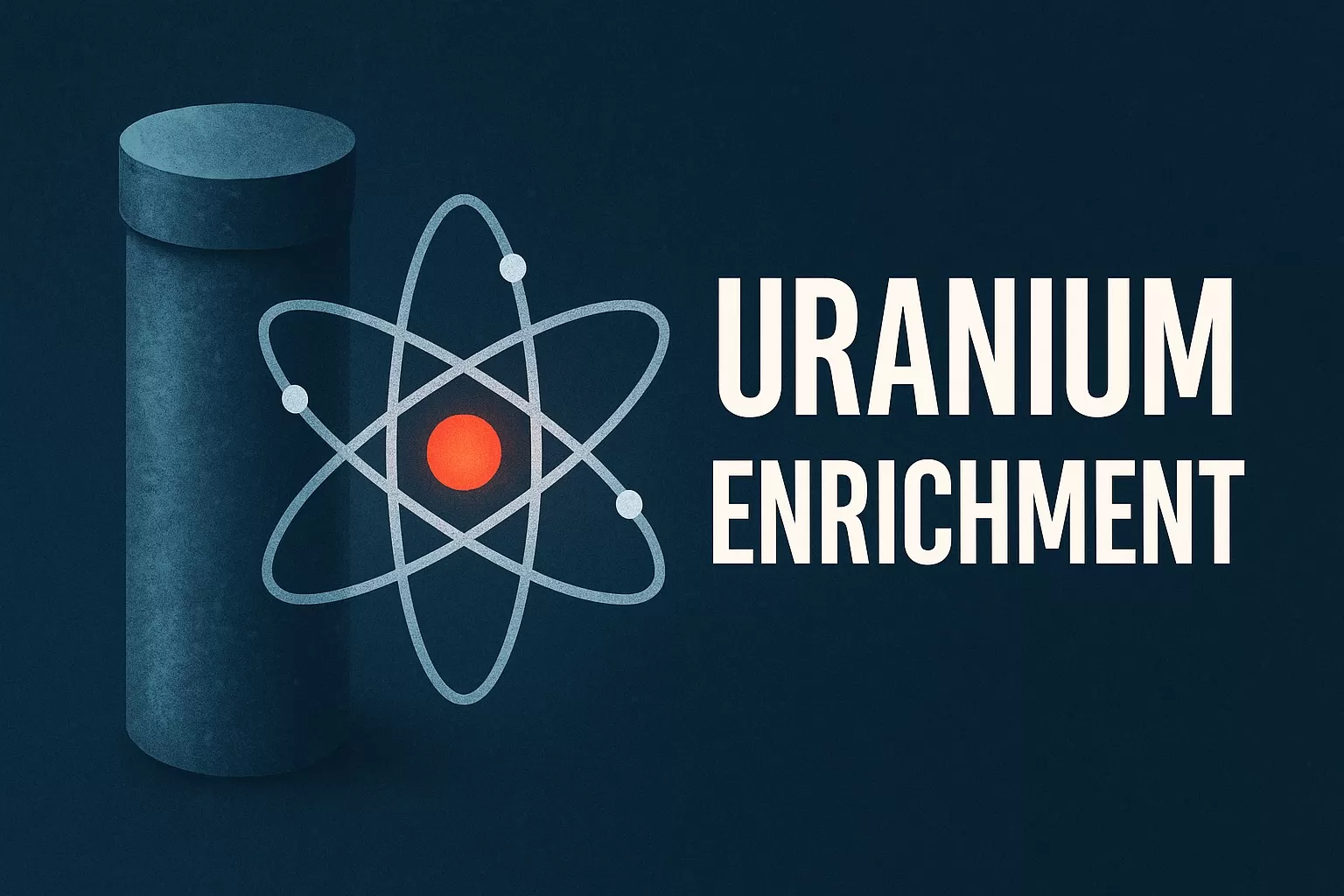
Uranium Enrichment Explained: Power, Politics, and Peril
Uranium Enrichment Explained: Power, Politics, and Peril
Ever wondered why the word uranium sounds so powerful and a little dangerous? That’s because it is. It’s a metal found in the ground, but with the right process, it can either power entire cities or wipe them off the map. In this post, we’ll be breaking down what uranium really is, how it’s enriched, and why countries around the world are so obsessed (and scared) of it. Let’s get into the science, the politics, and the real-world consequences behind this one powerful element.
🧪 What is Uranium?
Uranium is a naturally radioactive metal found in rocks and soil, used mainly for nuclear energy and atomic weapons. It was first discovered in 1789 by German chemist Martin Klaproth, and its real power was unlocked in the 1940s during the U.S. Manhattan Project by key scientist J. Robert Oppenheimer where it was first enriched for use in nuclear bombs.
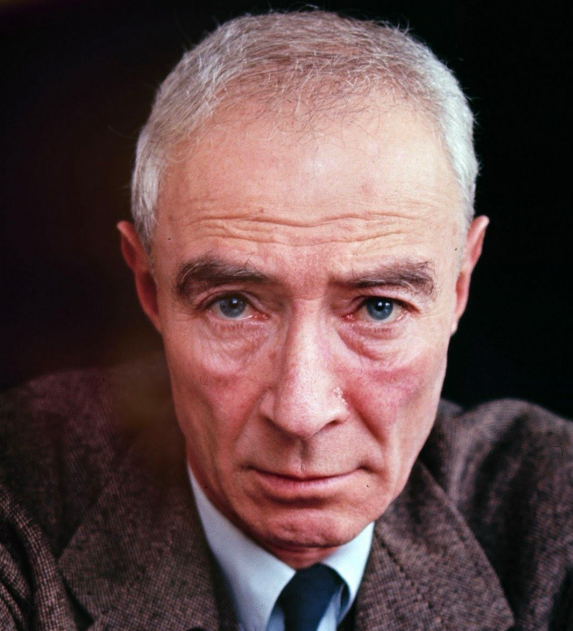
There are different types (called isotopes), but the two important ones are:
- U-238 – most common, but not very useful for energy or weapons.
- U-235 – much rarer but powerful, used in nuclear reactors and atomic bombs.
In Simple Words: Uranium is nature’s hidden power source. It can light up cities or destroy them, depending on how humans use it.
💡 Real-Life Example: The Hiroshima atomic bomb (1945) used highly enriched U-235. It was a result of U.S Manhattan Project.
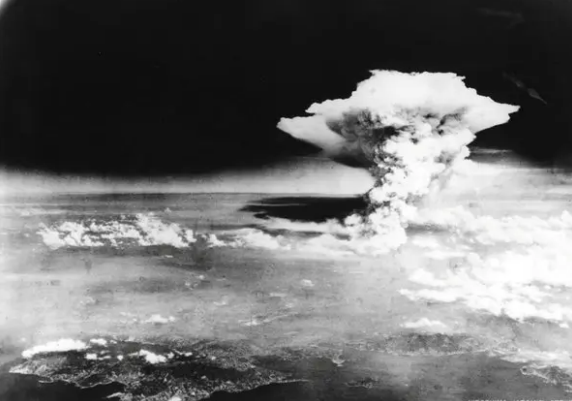
⚙ What is Uranium Enrichment?
Uranium enrichment is the process of increasing the amount of U-235, the powerful part of uranium that can be used in nuclear reactors or bombs. Natural uranium only has about 0.7% U-235, which isn’t enough for most uses. So scientists use machines like gas centrifuges to spin uranium at super high speeds, separating the lighter U-235 atoms from the heavier U-238.
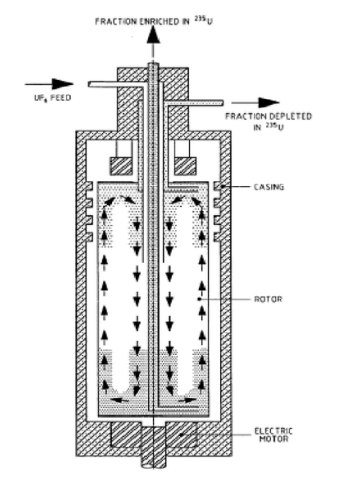
If it’s enriched to around 3–5%, it can be used for electricity in nuclear power plants. But if it’s pushed to 90% or more, it becomes weapons-grade — the kind used in atomic bombs. That’s why uranium enrichment is one of the most closely watched technologies on Earth.
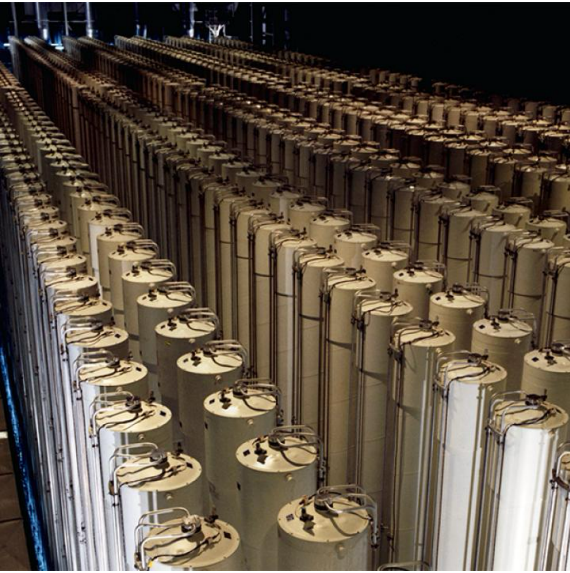
🛑 Why Don’t Countries Want Others Enriching Uranium or Building Bombs?
Enriching uranium gives countries the power to build nuclear weapons, even if they say it’s for peaceful energy. That’s why powerful nations and the IAEA (International Atomic Energy Agency) get nervous when a new country starts enrichment. Once a nation can enrich uranium, it’s only a few steps away from making a bomb — and that can threaten global security or trigger arms races with neighbors.
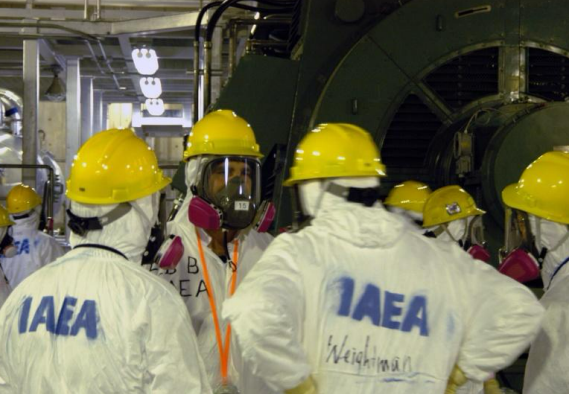
Countries like North Korea secretly built bombs after claiming peaceful intentions, which led to sanctions and global tension. Others, like Iran, face strict limits and inspections because the world fears they might follow the same path. The fear isn’t just war — it’s about keeping nuclear weapons from spreading.
☢ What Are the Side Effects of Uranium Enrichment?
Uranium enrichment isn’t just risky for global politics — it’s also dangerous for people and the environment. The process produces radioactive waste, which is hard to store and stays toxic for thousands of years. Workers at enrichment plants can face radiation exposure if safety fails.
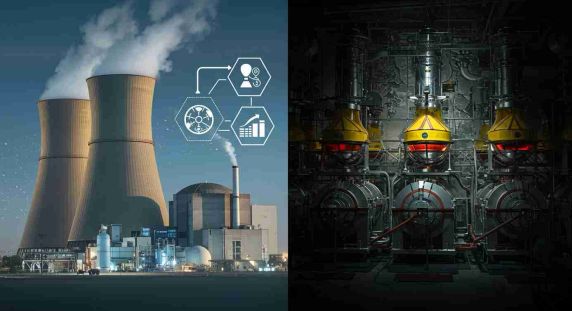
Accidents at nuclear facilities — like Chernobyl or Fukushima — show how badly things can go wrong, even without weapons involved. Radiation leaks can cause cancer, birth defects, and damage land for generations.
🔚 Conclusion
Uranium is no ordinary metal — it’s a force of nature with the power to fuel civilizations or erase them. When enriched, it becomes a double-edged sword: a source of clean energy or a trigger for mass destruction. That’s why the world doesn’t just monitor uranium — it obsesses over it. In a world where one atom can shift the balance of power, uranium isn’t just a material — it’s a weapon, a warning, and a wild card. Handle with care… or face the fallout.
Just a Quick fact at the end:
Did You Know?
The energy released from splitting one atom of U-235 is about 50 million times greater than burning one carbon atom in coal. 😳
Comments (0)
No comments yet. Be the first to comment!
Leave a Comment